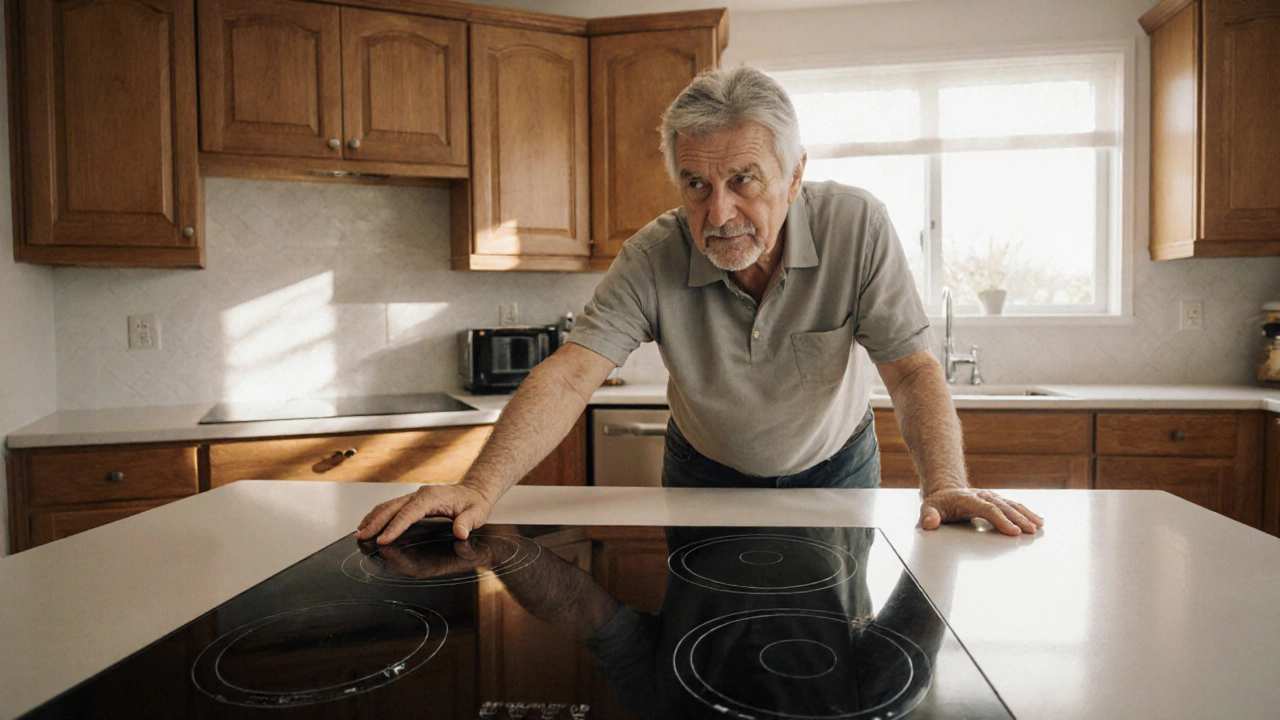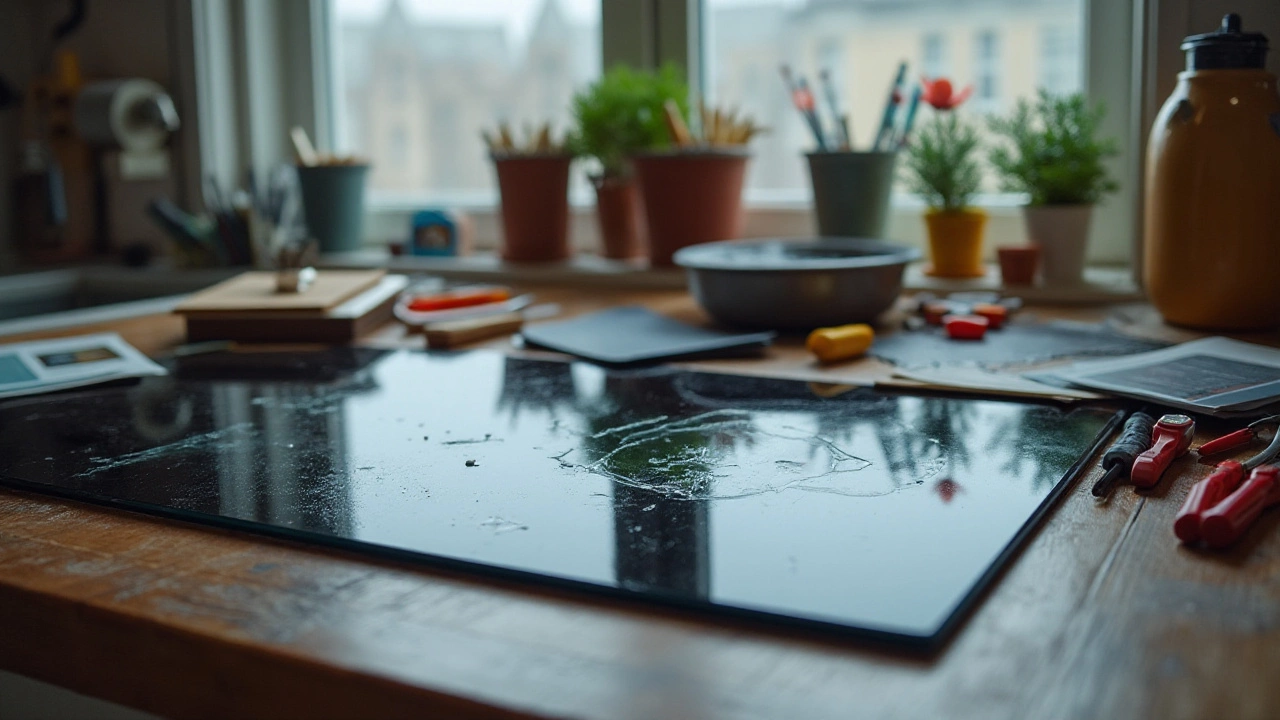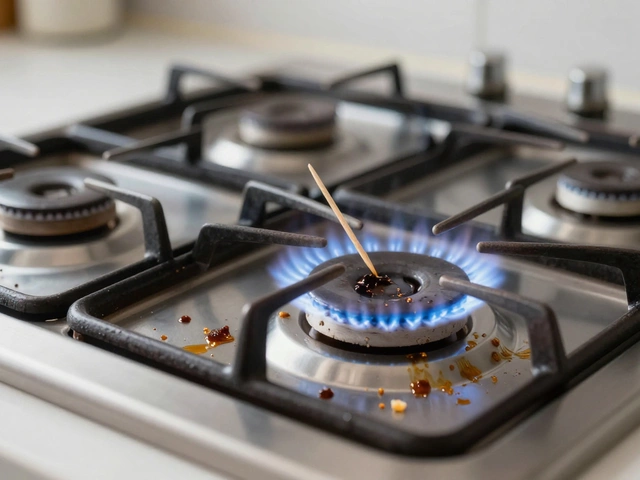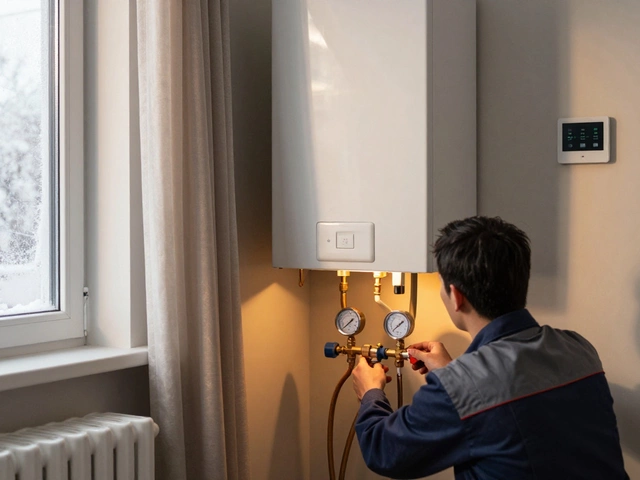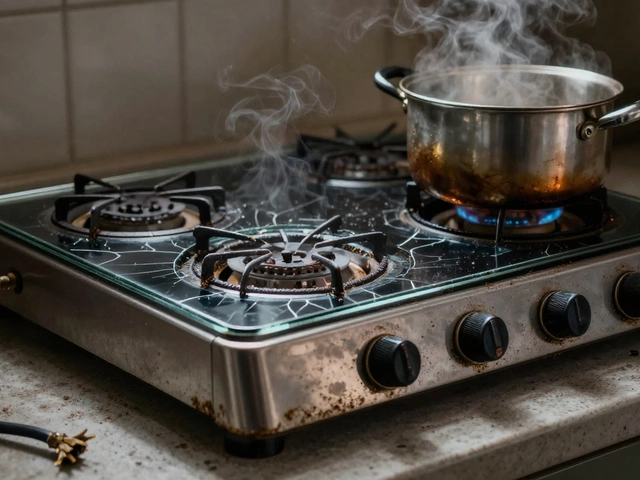Kitchen Appliance Repair: Tips, Common Problems & Simple Solutions
If your oven stops heating, your fridge stops cooling, or the dishwasher won’t drain, you probably feel the panic of a ruined meal or a spoiled grocery run. The good news? Most kitchen mishaps have a clear cause and a fix you can try before ringing a professional.
First, always unplug the appliance or turn off the circuit breaker. Safety prevents electric shocks and protects the device from further damage. A quick visual check can reveal loose connections, burnt wires, or obvious blockages. Often the problem is as simple as a clogged filter or a stuck door latch.
Oven and Cooktop Issues
When an oven won’t heat, the culprits are usually the heating element, the thermostat, or a faulty control board. Look for a broken coil or any burnt spots on the element – if you see them, replace the part; it’s cheap and easy. If the oven powers on but stays cool, the thermostat may be stuck. A multimeter can tell you if it’s working, but if you’re not comfortable with tools, a local repair tech can test it in minutes.
Electric stovetops share similar problems. A dead burner often means a loose connection under the surface. Remove the burner, check the contact points, and clean any grime. If the burner still won’t work, the wiring may be broken and needs a pro’s eye.
Refrigerator and Freezer Fixes
Refrigerators that aren’t cold usually have a dirty condenser coil, a faulty thermostat, or a bad compressor. Pull the fridge away from the wall and vacuum the coils – this alone can improve cooling by up to 20%. If the temperature still stays high, set the thermostat to a colder setting and listen for the compressor kicking in. No sound? The start relay or compressor may need replacement, which is best left to a specialist.
Ice buildup in the freezer often points to a door seal problem. Run a finger along the gasket; if you feel gaps, warm the seal with a hair dryer and reshape it. A damaged seal should be swapped out – many shops keep them in stock for quick fixes.
Dishwashers that won’t drain are usually blocked at the filter or pump. Remove the bottom rack, take out the filter, and rinse out food debris. If water still pools, the pump may be jammed; a short spin of the impeller can free it. Persistent drainage issues often mean a worn pump motor, which a local technician can replace within an hour.
Know when to stop DIY. If you encounter burnt wiring, a loud crackling noise, or a part that requires disassembling the main housing, call a qualified repair service. Weymouth Appliance Repair Services offers fast, affordable visits and can source OEM parts to ensure a lasting fix.
Regular maintenance keeps costs down. Clean oven racks, clear fridge coils, descale the dishwasher’s spray arms, and run a hot water cycle with vinegar every few months. These simple habits extend the life of each appliance and reduce surprise breakdowns.
Bottom line: most kitchen appliance hiccups have a clear, inexpensive fix. Start with safety, check the obvious parts, and don’t hesitate to call in Weymouth’s experts when the job feels beyond your toolbox. With a bit of know‑how, your kitchen will stay humming and ready for the next meal.
How to Reset an Electric Hob - Simple Steps to Fix Common Issues
- Alden Wilder
- Oct 26 2025
- 0 Comments
Learn how to safely reset an electric hob, troubleshoot common error codes, and keep your cooktop running smoothly with step‑by‑step instructions.
View MoreAffordable Tips and Costs for Glass Hob Repair
- Alden Wilder
- Jan 3 2025
- 0 Comments
Repairing a glass hob can be a daunting task without the right information. This article breaks down the costs involved in fixing a glass hob, while providing useful tips on what factors influence these costs. From understanding common issues to finding the right technician, readers will gain valuable insights. It also explores some DIY options for those willing to take on the challenge themselves, ensuring you can make an informed decision about your appliance repair.
View More